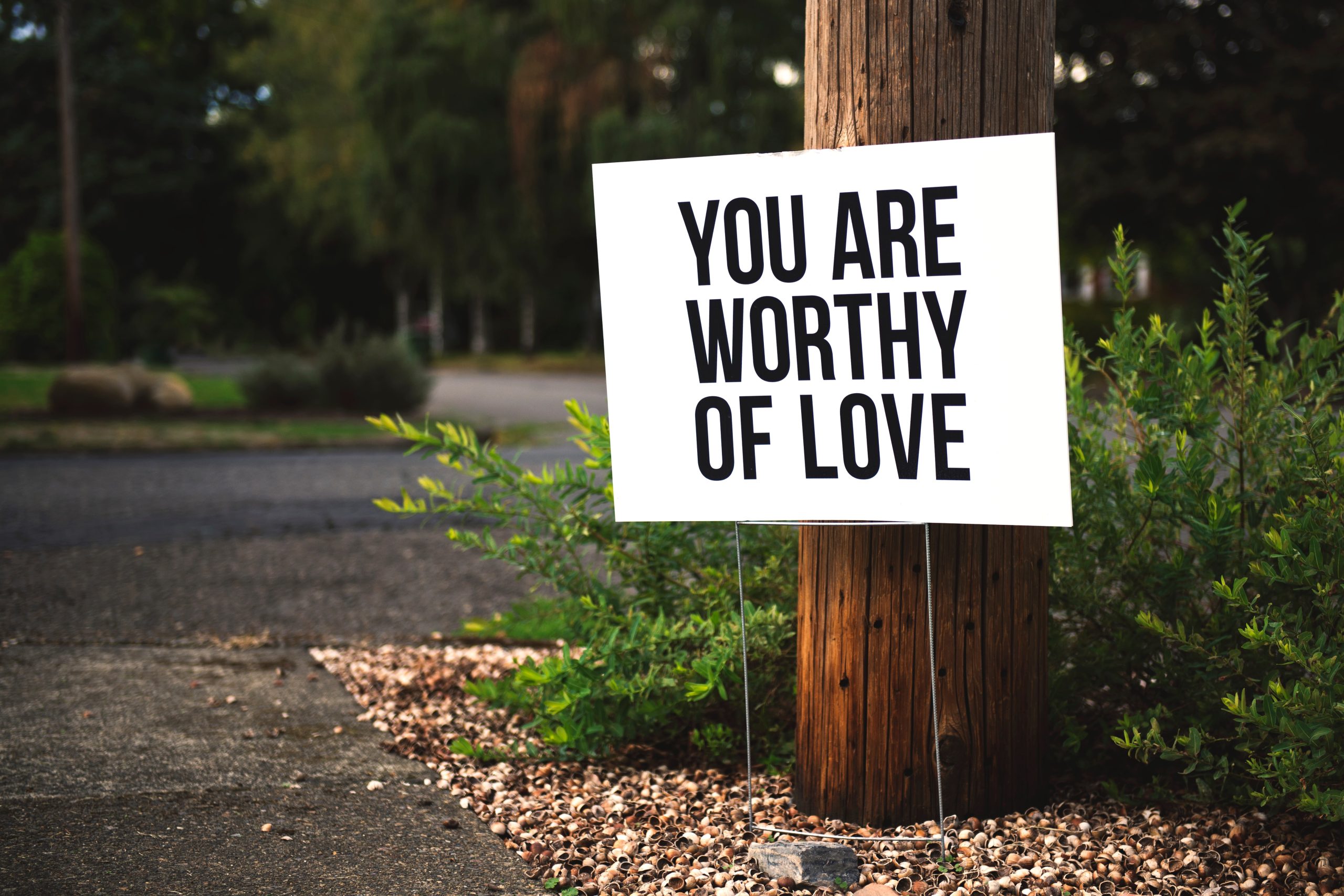How are Solar and Lunar Eclipses the Same?
Solar and lunar eclipses are two astronomical events that have captured the fascination of humanity for centuries. These celestial phenomena occur when the Sun, Earth, and Moon align in specific ways, causing fascinating and sometimes breathtaking displays in the sky. While solar and lunar eclipses differ in many ways, they also share several similarities. In this blog post, we will explore the common characteristics of solar and lunar eclipses, delving into the science behind these mesmerizing occurrences.
Understanding Solar Eclipses
A solar eclipse takes place when the Moon moves between the Earth and the Sun, blocking the Sun’s light and casting a shadow on certain regions of the Earth. Although the Moon is much smaller than the Sun, it appears larger in the sky due to its closer proximity to our planet. This phenomenon enables the Moon to obscure the Sun’s disk partially or even entirely, depending on the alignment.
During a total solar eclipse, the Moon aligns perfectly with the Sun, covering it completely and transforming the daytime into an eerie twilight. Partial solar eclipses occur when the Moon only partially covers the Sun, resulting in a crescent-shaped Sun. Annular solar eclipses, on the other hand, happen when the Moon is farther from Earth, and its apparent size is smaller than the Sun, leaving a “ring of fire” around the Moon’s silhouette.
Similarities with Lunar Eclipses
Although solar and lunar eclipses are distinct events, they share some fundamental similarities:
- Cosmic Alignments: Both solar and lunar eclipses require specific alignments of celestial bodies. For a solar eclipse to occur, the Sun, Moon, and Earth must align precisely, with the Moon positioned between the Earth and the Sun. Similarly, a lunar eclipse arises when the Earth finds itself between the Sun and the Moon, casting its shadow on the lunar surface.
- Frequency: Solar and lunar eclipses do not occur every day but happen with a certain frequency. On average, there are two to five solar eclipses and two to four lunar eclipses per year. However, not all of them are visible from every location on Earth, as the events’ visibility is subject to geographic positioning.
- Phases and Timing: Both types of eclipses go through specific phases. A solar eclipse begins with the Moon gradually covering the Sun’s disk, reaching a maximum coverage, and then receding until the Sun becomes fully visible again. Similarly, a lunar eclipse starts with the Moon entering the Earth’s shadow, darkening gradually, experiencing totality or partial darkness, and finally emerging from the shadow.
- Duration: While the duration of eclipses varies, both solar and lunar eclipses last for a relatively brief period. Solar eclipses usually range from a few minutes to a maximum of seven and a half minutes, depending on various factors such as the Moon’s distance and velocity. Lunar eclipses, however, can last significantly longer, with totality sometimes lasting over an hour.
Differences between Solar and Lunar Eclipses
Despite the similarities, solar and lunar eclipses possess distinct characteristics that set them apart:
| Solar Eclipses | Lunar Eclipses |
|---|---|
| Occur during the day | Occur at night |
| Require eye protection to observe safely | Safe to watch with the naked eye |
| Visibility limited to a specific geographic area | Visible to everyone on the nighttime side of Earth |
| Rare to witness a total solar eclipse at a specific location | More common to see a total lunar eclipse at a specific location |
The Science behind Eclipses
Solar and lunar eclipses occur due to the unique interplay between the Sun, Moon, and Earth. The Moon’s orbit around the Earth is slightly tilted relative to the Earth’s orbit around the Sun, which is why eclipses do not occur every month.
During a solar eclipse, when the Moon aligns with the Sun, the Moon’s shadow falls on the Earth’s surface. This shadow is divided into two distinct regions: the umbra, where the Moon completely blocks the Sun, and the penumbra, where the Sun is only partially obscured. The umbra is responsible for the rare occasions when a total solar eclipse is visible from a specific area on Earth, as it denotes the region where the eclipse is total.
Conversely, a lunar eclipse transpires when the Moon moves into the Earth’s shadow. Since the Earth is much larger than the Moon, the Earth’s shadow has two parts: the umbra, which causes a total lunar eclipse, and the penumbra, leading to a partial lunar eclipse. During a total lunar eclipse, the Moon takes on a reddish hue due to sunlight refracted by the Earth’s atmosphere, an effect commonly known as the “blood moon.”
Captivating Celestial Events
Solar and lunar eclipses are captivating celestial events that remind us of the grandeur and mechanics of our solar system. While they may be different in terms of visibility, occurrence, and safety considerations, both eclipses share common elements. The precise alignments, distinct phases, and the awe-inspiring beauty of these events continue to mesmerize scientists, astronomers, and stargazers alike.
Whether you are lucky enough to witness a total solar eclipse or enjoy the ethereal beauty of a lunar eclipse, these cosmic events offer a rare opportunity to contemplate the marvels of our universe. So, mark your calendars for the next eclipse and prepare to be amazed by the celestial dance unfolding above.
Table of Contents
